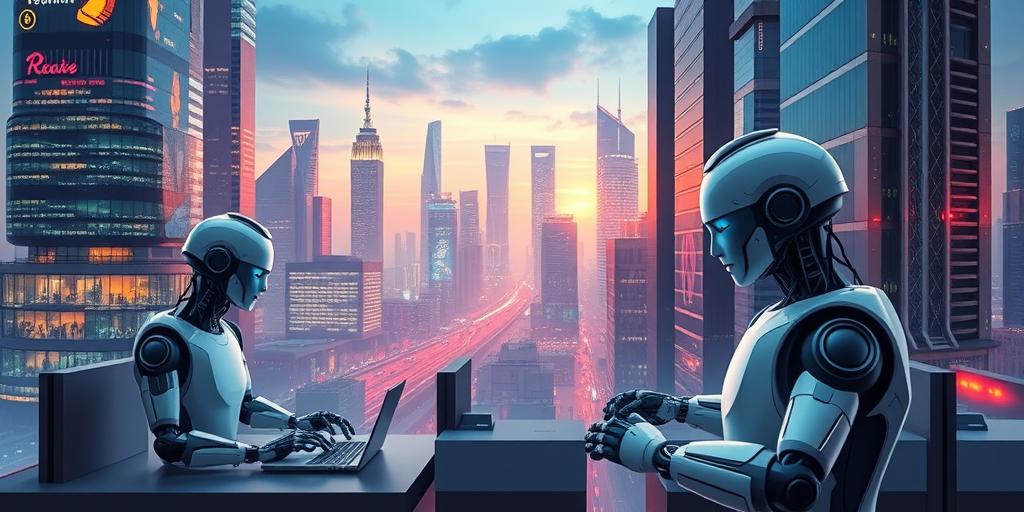The Impact of Automation on Our Lives
Automation is rapidly transforming our world, impacting nearly every aspect of our lives. From self-checkout kiosks at grocery stores to sophisticated algorithms managing financial markets, the reach of automation is extensive and constantly expanding. This post will explore the profound effects of automation, both positive and negative, and consider its implications for the future.
What is Automation?
At its core, automation involves using technology to perform tasks with minimal human intervention. This can range from simple, repetitive actions to complex decision-making processes. Common examples include:
- Robotics: Robots performing manufacturing tasks, assembling products, or even assisting in surgery.
- Software Automation: Programs that automate tasks like data entry, customer service inquiries, or email marketing campaigns.
- Artificial Intelligence (AI): AI systems that can learn, adapt, and make decisions based on data analysis.
Positive Impacts of Automation
Automation offers numerous benefits across various sectors:
- Increased Efficiency and Productivity: Automated systems can work 24/7 without breaks, significantly increasing output and reducing production time. This leads to higher profits and faster delivery of goods and services.
- Reduced Costs: By minimizing the need for human labor, automation can significantly lower operational costs. This is particularly beneficial in industries with high labor expenses.
- Improved Accuracy and Quality: Automated systems are less prone to errors than humans, leading to higher accuracy and consistency in production processes. This results in better quality products and services.
- Enhanced Safety: Automation can take over dangerous or hazardous tasks, protecting workers from potential injuries. This is particularly valuable in industries like mining, construction, and manufacturing.
- Innovation and New Opportunities: Automation frees up human workers from repetitive tasks, allowing them to focus on more creative and strategic endeavors. This can lead to new innovations and the development of new products and services.
Negative Impacts of Automation
Despite its advantages, automation also presents some challenges:
- Job Displacement: One of the most significant concerns is the potential for job losses as machines replace human workers. This can lead to unemployment and economic hardship for affected individuals and communities.
- Skills Gap: Automation requires a workforce with new skills to operate and maintain automated systems. This can create a skills gap, leaving many workers unprepared for the jobs of the future.
- Increased Inequality: The benefits of automation may not be evenly distributed, potentially widening the gap between the rich and the poor. Those with the skills and resources to capitalize on automation may thrive, while others may be left behind.
- Dependence on Technology: Over-reliance on automated systems can make us vulnerable to technical failures or cyberattacks. It's crucial to have backup plans and contingency measures in place.
- Ethical Concerns: As AI becomes more sophisticated, ethical concerns arise regarding issues like bias in algorithms, data privacy, and the potential for autonomous weapons.
The Future of Automation
The trend toward automation is likely to continue and accelerate in the coming years. As technology advances, we can expect to see even more sophisticated and pervasive automation systems. To prepare for this future, we need to:
- Invest in Education and Training: Equip workers with the skills they need to succeed in an automated world.
- Support Job Creation: Encourage the development of new industries and jobs that complement automation.
- Address Inequality: Implement policies that ensure the benefits of automation are shared more equitably.
- Promote Ethical AI: Develop and enforce ethical guidelines for the development and use of AI.
Conclusion
Automation is a powerful force with the potential to transform our lives for the better. By understanding its impacts and addressing its challenges, we can harness its benefits while mitigating its risks. The future of work and society depends on our ability to navigate this technological revolution responsibly and thoughtfully.









